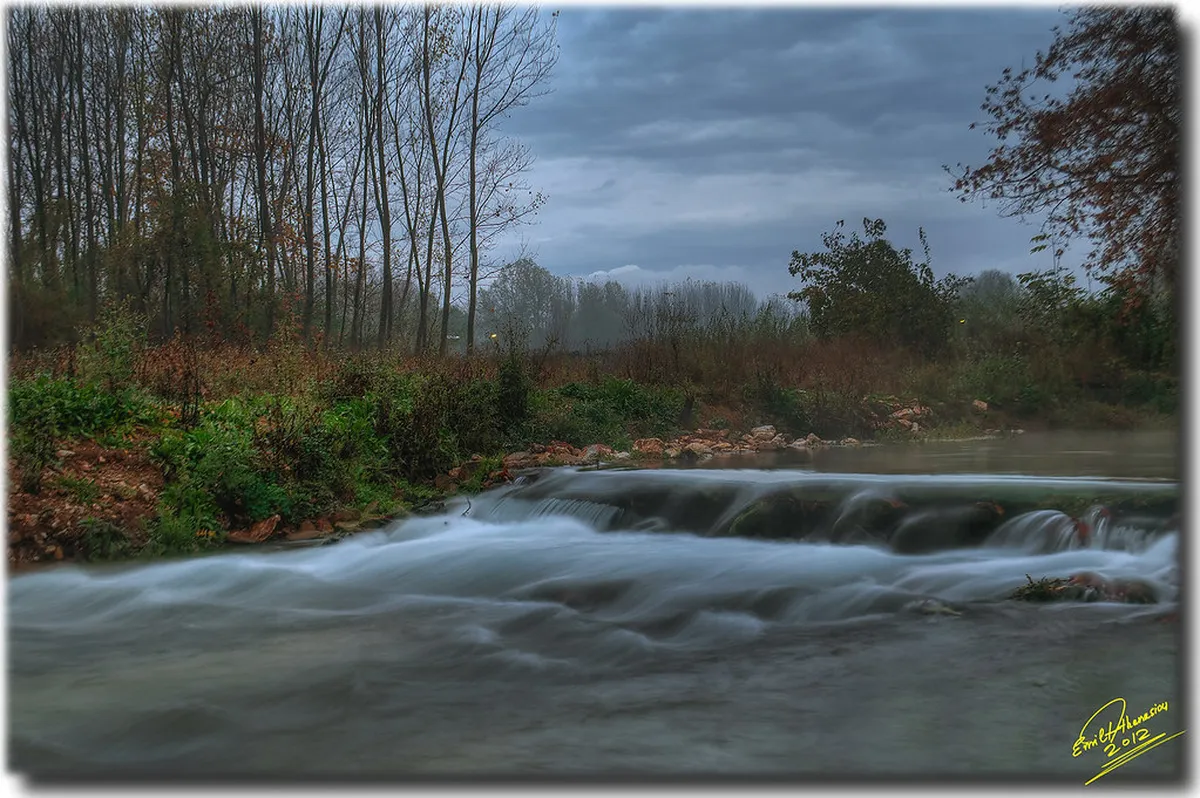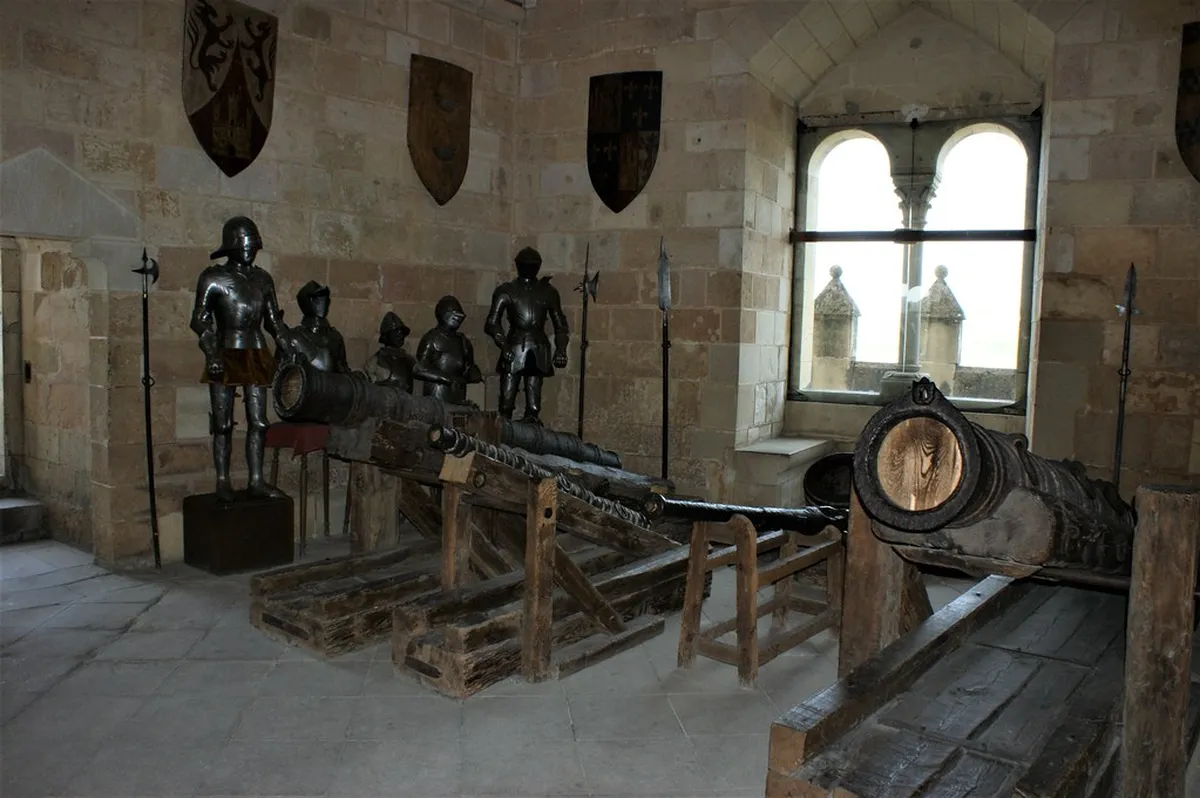Your Essential Ypres Transportation Guide for 2025
Visiting Ypres, Belgium, offers a profound journey through history. Understanding Ypres transportation is key to a smooth trip. This guide helps you navigate the city and its surrounding areas. You can reach Ypres easily by train from major Belgian cities. Once there, various options await to explore the poignant sites. Plan your Ypres city guide 2025 with confidence.
Many visitors arrive to explore the World War I battlefields. Efficient travel around Ypres enhances this experience. This guide covers everything from public transport to bike rentals. Discover the best ways to get around in 2025. For more on getting to Ypres, read our detailed guide on getting to Ypres.
Arriving in Ypres: Train and Bus Connections
Plan this trip faster with our free online itinerary maker. Get a personalized day-by-day plan in minutes.
Ypres (Ieper in Dutch) is well-connected by Belgium's national rail network. The Ypres train station sits conveniently near the city center. Direct trains from Brussels are infrequent. Most journeys require a transfer, often in Kortrijk. Travel time from Brussels is typically 1.5 to 2 hours. A standard single ticket costs around €18-€25, varying by class and booking. For detailed routes, refer to our guide on getting to Ypres.
From Ghent, expect a similar journey time with a transfer. Train travel remains the most popular option for reaching Ypres. It offers comfort and reliability for most travelers. Consider buying a "Go Pass" if you are under 26. This pass offers ten single journeys for a set price. Weekend tickets provide good value for return trips. You might also want to plan your full Ypres 1-day itinerary.
Regional buses also serve Ypres, connecting it to nearby towns. The De Lijn bus company operates these local routes. The main bus station is next to the train station. This makes transfers between modes of transport very easy. Buses are ideal for shorter trips from surrounding villages. Check the De Lijn website for specific routes and timetables. This comprehensive Ypres city guide 2025 provides more context.
Traveling by bus can be a budget-friendly alternative. However, it often takes longer than the train. Bus tickets are typically cheaper than train fares. A single ride often costs under €3. Purchasing a multi-day pass might save money. This option is perfect for travelers staying longer in the region. Find more Ypres budget travel tips here.
Getting Around Ypres City Center
The historical heart of Ypres is compact and very walkable. Many key attractions are within a short distance. You can easily stroll between the Cloth Hall and the Menin Gate. This area is perfect for Ypres walking tours. Wear comfortable shoes for exploring cobblestone streets. Allow ample time to soak in the city's atmosphere.
Walking is the best way to appreciate Ypres' charm. Distances are short, and sights are close together. For example, the In Flanders Fields Museum is just a few steps away from the main square. You can reach the Menin Gate in under ten minutes on foot. Consider an Ypres self-guided tour for flexibility. This allows you to set your own pace.
Taxis are available but generally not needed for central Ypres. You can find taxi stands near the train station. Call a local taxi service for specific pick-ups. Rates are metered, so confirm approximate costs beforehand. Taxis are useful for late-night returns or bad weather. They offer convenience for travelers with luggage. A typical short ride might cost €10-€15. Always ensure the meter is running.
Ridesharing apps like Uber are not widely available in Ypres. Rely on traditional taxi services instead. Booking in advance for airport transfers is recommended. This ensures a smooth connection upon arrival or departure. Hotels can often arrange taxi services for guests. Ask your Ypres hotel concierge for assistance. They can provide reliable local contacts.
Exploring Ypres Battlefields and Memorials
Visiting the World War I battlefields requires careful planning for transport. Many significant sites are outside the city center. These include Tyne Cot Cemetery and Essex Farm Cemetery. A car offers the most flexibility for these longer distances. Rental cars are available at major airports and cities in Belgium. Book your vehicle well in advance, especially during peak seasons. Driving in Flanders is straightforward with good signage.
Guided tours provide an excellent alternative to self-driving. Many tour operators offer half-day or full-day excursions. These tours include transport to key battlefields and memorials. Guides provide valuable historical context. This makes for a very informative experience. Consider booking an Ypres guided tour for expert insights. These tours often depart from central Ypres.
Public buses serve some battlefield locations, but schedules can be limited. Check the De Lijn website for routes specific to war memorials. Bus Line 94 connects Ypres to Tyne Cot Cemetery. This journey takes approximately 30 minutes. Verify return times carefully to avoid being stranded. Bus tickets can be purchased on board. A day pass offers unlimited travel for around €7.50. This is a budget-friendly option for solo travelers.
Cycling is another popular and immersive way to explore. Several well-marked routes cover the Ypres Salient. Bike rentals are readily available in Ypres. You can rent for a half-day or full day. Prices typically range from €15-€25 per day. This allows you to visit sites like Essex Farm Cemetery at your own pace. A detailed Ypres WWI battlefields map is highly recommended.
Public Transport and Cycling in Ypres (2025)
Ypres has a decent local bus network operated by De Lijn. These buses primarily connect the city center with residential areas. They also reach some key outer attractions. Fares are reasonable, typically €2.50 for a single ride. You can buy tickets from the driver or at kiosks. A 10-ride card costs around €17 and is a good value. Check the De Lijn website or app for real-time schedules. This system is reliable for most city travel.
For exploring the city and surrounding areas, cycling is a fantastic option. Ypres is incredibly bike-friendly with flat terrain. There are many dedicated cycling paths. Bike rental shops are found near the train station and market square. Expect daily rental rates between €15 and €25. Helmets are not mandatory but always advised. This offers a unique way to experience the Flemish countryside. Exploring Ypres transportation options enhances your visit.
Many local rental shops offer different bicycle types. You can choose from standard city bikes to electric bikes. Electric bikes are helpful for longer distances or less fit riders. They make visiting sites like Tyne Cot Cemetery much easier. Ask about rental packages for multiple days. Booking your bike ahead ensures availability, especially in summer 2025.
Biking allows for a more intimate connection with the landscape. You can easily access smaller memorials and peaceful lanes. Combine cycling with a Ypres war memorials route. Remember to bring water and snacks for longer rides. Always lock your bike securely when visiting attractions. Maps for cycling routes are often available at tourist offices.
Practical Tips for Ypres Transportation (2025)
Always verify public transport schedules in advance for 2025. This is especially true for weekends and public holidays. Services may be less frequent on these days. Check the official NMBS/SNCB and De Lijn websites. Real-time apps can provide up-to-date information. Planning ensures you don't miss connections. This helps manage your time effectively.
Consider purchasing a Belgium Rail Pass if traveling extensively by train. This pass offers significant savings for multiple journeys. It can be cost-effective for a longer trip across Belgium. Research different pass options to find the best fit. A flexible rail pass allows for spontaneous day trips. This is ideal if Ypres is part of a larger Belgian adventure.
For battlefield tours, weigh the benefits of guided versus self-guided. Guided tours offer convenience and expert knowledge. They handle all the logistics and provide historical insights. Self-guided options offer greater flexibility and privacy. You can tailor your visit to specific interests. Read our guide for an Ypres sightseeing itinerary to decide.
Parking in Ypres city center can be challenging. Most central parking is paid street parking or underground garages. Look for "P-route" signs for parking directions. Consider staying at a hotel with parking facilities. This can save you time and money. Always be aware of local parking regulations. Fines can be steep for violations.
Walking remains the primary mode for exploring Ypres' core. Distances are manageable and the atmosphere is inviting. Embrace the slower pace and discover hidden gems. Don't forget to visit the Menin Gate Last Post ceremony. This is a profound experience best reached on foot. Enjoy the journey through this historic city.
Frequently Asked Questions
Is public transport in Ypres efficient for tourists?
Yes, Ypres public transport is efficient for tourists, especially for city center movement. The De Lijn bus network connects the train station to various parts of the city. While comprehensive, services to distant battlefield sites are less frequent. Always check schedules for 2025 in advance. This ensures a smooth travel experience. Understanding your Ypres transportation guide helps you save money.
How can I best explore the WWI battlefields from Ypres?
Exploring WWI battlefields from Ypres has several good options. Renting a car provides maximum flexibility. Many guided tours also depart daily from Ypres. Cycling is a popular and immersive way to explore. Local buses serve some key sites, but with limited schedules. Consider an Ypres 2-day itinerary to cover more ground. This allows ample time for reflection.
Can I rely on taxis for transport within Ypres and to battlefields?
You can rely on taxis for transport within Ypres, but they are more expensive. Taxis are available at the train station. They can be called for specific pickups. For battlefields, a taxi is convenient but costly. Many visitors prefer a guided tour or rental car for extended trips. This offers better value for money. Remember to confirm rates before starting your journey. Ask about costs for a Ypres WWI battlefields map taxi route.
What is the average cost of bike rental in Ypres for 2025?
The average cost of bike rental in Ypres for 2025 is quite reasonable. Expect to pay between €15 and €25 for a full day. Half-day rentals are often available at a lower rate. Electric bikes might cost slightly more. Many shops offer discounts for multi-day rentals. Renting a bike is a fantastic way to see the area. You can even cycle to the Tyne Cot Cemetery. This provides a truly memorable experience.
Is Ypres a walkable city for tourists?
Yes, Ypres is a highly walkable city, especially its historic center. Most major attractions like the Cloth Hall and Menin Gate are very close. You can easily explore on foot in a single day. Many Ypres walking tours highlight its compact nature. Comfortable shoes are highly recommended for cobblestone streets. Enjoy the peaceful atmosphere while strolling through history. Discover the city's charm at your own pace. You can find excellent places where to eat in Ypres on foot.
Navigating Ypres, Belgium, is straightforward once you know your options. The city center is best explored on foot. For battlefields, consider a rental car, guided tour, or cycling. Public transport provides a budget-friendly alternative for certain routes. Plan your Ypres transportation based on your itinerary and budget. Enjoy your meaningful journey through this historic region. Discover more practical advice in our comprehensive Ypres City Guide 2025. Make your visit memorable and hassle-free.
Key Takeaways
- Ypres city center is highly walkable; wear comfortable shoes.
- For battlefields, consider rental cars, guided tours, or cycling for flexibility.
- Public buses are good for some sites but check schedules carefully for 2025.
- Bike rental offers an immersive and active way to explore the region.



